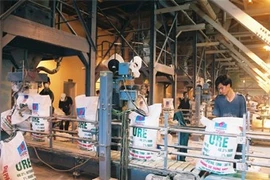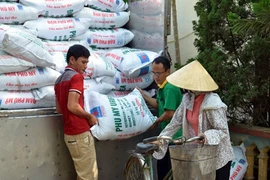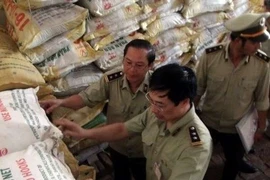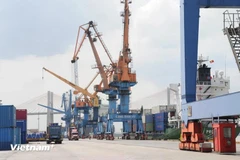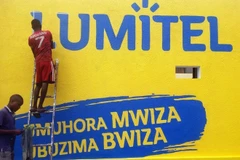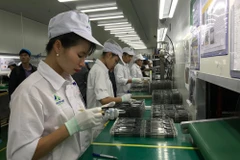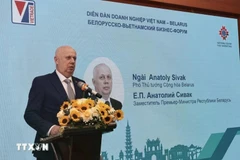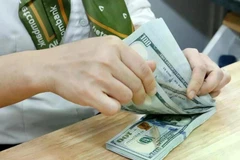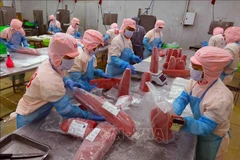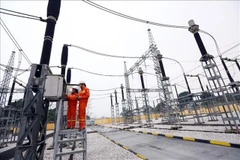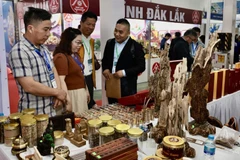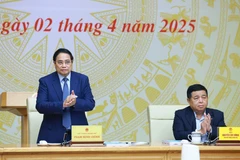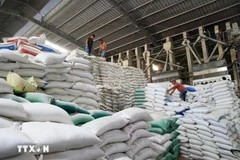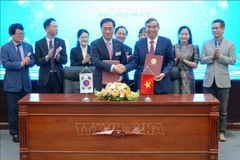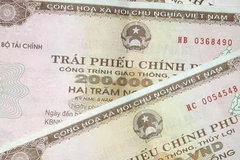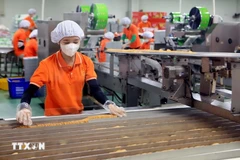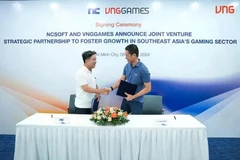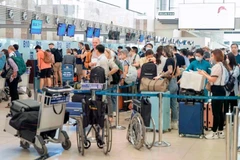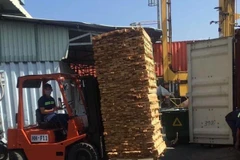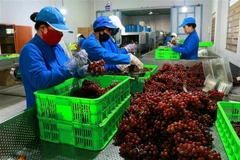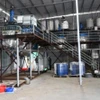According to the Ministry of Industryand Trade (MoIT), Vietnam utilises 11 million tonnesof fertiliser annually and 90 percent of the fertiliser used is inorganic.
Domestic production is not able to meet local demand, therefore Vietnammust import large quantities of fertiliser, mostly from China.
In 2016, Vietnam imported 4.16 million tonnes of fertiliser,valued at 1.1 billion USD, down nearly 8 percent in volume and 22 percent invalue compared to 2015.
One of the reasons for the surge in imported fertilisers,especially from China, is the devaluation of the Chinese yuan against the USdollar, making Chinese fertilisers cheaper than domestic ones.
In addition, two out of four urea production plants of the VietnamNational Chemical Group (Vinachem) use coal as their input material. Theincreasing coal price causes a rise in production cost, reducingcompetitiveness over import products.
These urea production factories, expected to completely replacethe imported urea, have been losing money over the years, causing a significantdecline in domestic supplies and forcing domestic enterprises to import thesubstance to meet demand.
The price of imported urea fertiliser in the third week of Marchin the Hai Phong Port was 237 USD per tonne, whereas the domestic price rangedfrom 6.2 million VND to 6.4 million VND per tone (274-283 USD), equivalent to14-18 percent higher.
The sharp rise in fertiliser import is one of the reasonsthat domestic fertiliser companies askedthe Vietnam Competition Authority (VCA) earlierthis month to apply trade defence instruments on import fertiliser.
The MARD is seeking opinions on a draft decree onfertiliser management designed to decentralise the management of fertiliser andassigning responsibility to local authorities.
Currently, fertiliser management is under thecontrol of two ministries, with the MoIT managing inorganic fertiliser and MARDmanaging organic fertiliser.-VNA

